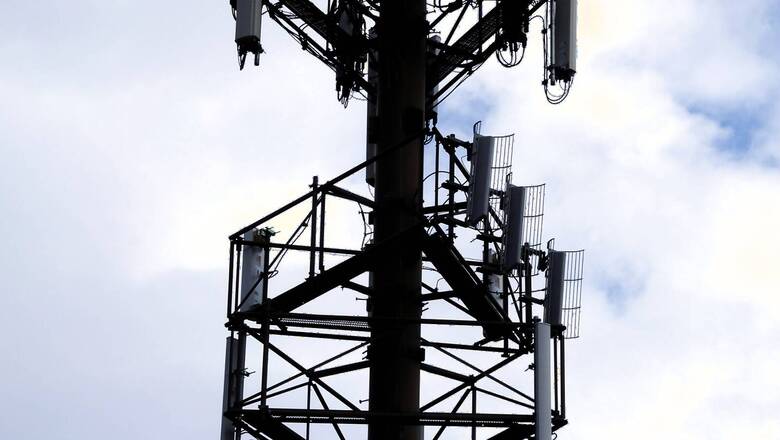
views
The Cellular Operators Association of India (COAI) has urged that businesses be subjected to stringent criteria before being allowed to establish “captive non-public networks”, according to a letter sent to Department of Telecom (DoT) secretary K Rajaraman.
The move comes just days after the Cabinet, despite telco objections, allowed businesses to build up private networks by assigning spectrum directly to them by the DoT.
The COAI urged non-assignment of spectrum in the non-International Mobile Telecommunications (5G) bands allocated for telcos in the letter on June 18.
It further requested that the scope of such private networks be limited to machine-to-machine (M2M) communications and plant automation within a plant’s premises.
As per the COAI, it wants to make sure they’re not connected to the public switched telephone network (PSTN), cloud platforms, another private network, or several offices and buildings.
Additionally, it said that the spectrum allocated to end-users should not result in the establishment of third parties or middlemen acting on behalf of the company.
The reason for this is that allowing third parties or intermediates to establish and operate the network for private networks would allow third parties to serve as telecom service providers (TSPs) without going through the same auction procedure as TSPs, according to COAI.
However, as a result, private network owners, like unified licensees, must own all equipment deployed for the purpose of private networks and not lease or rent it from third-party parties. If they choose to do so, they will have to go through the same process as TSPs to get the spectrum.
If enacted, the move might shut out other service providers such as global tech giants Google and Amazon, as well as IT firms and only a few telecoms, would be able to collaborate with businesses.
In the latter, it was stated that use cases intended for the general public cannot be part of a captive network and many stakeholders have requested that captive networks be used to generate use cases for financial inclusion, as well as agriculture sector connection.
However, telecoms have claimed that while financial inclusion is intended to reach 100% of the population, and the agriculture industry requires 70% of the population to be connected, such use cases cannot be handled by captive networks.
Furthermore, some stakeholders’ requests for spectrum allocation to set up private networks for vehicle-to-vehicle connection, drone control, and M2M connectivity from gadgets cannot be granted.
COAI has argued that there is already a scarcity of harmonised spectrum for TSP networks, justifying its position that no IMT band spectrum should be granted to captive networks.
TSPs would be constrained if other bands that are expected to be identified for IMT were not reserved. They wouldn’t be able to plan their networks properly to fulfil client demand in that case.
The Telecom Regulatory Authority of India (TRAI) has been accused of ignoring the issue by recommending 3.7-3.8 GHz and 28.5-29.5 GHz for private captive networks, according to the association.
The letter also requested that private networks avoid interfering with other networks and they must comply with electro-magnetic field (EMF) standards, subscriber verification requirements, and all security standards, among other things. Additionally, it said that they should also be subject to lawful interception laws and follow the same rollout obligations as telcos.
Read all the Latest News , Breaking News , watch Top Videos and Live TV here.




















Comments
0 comment